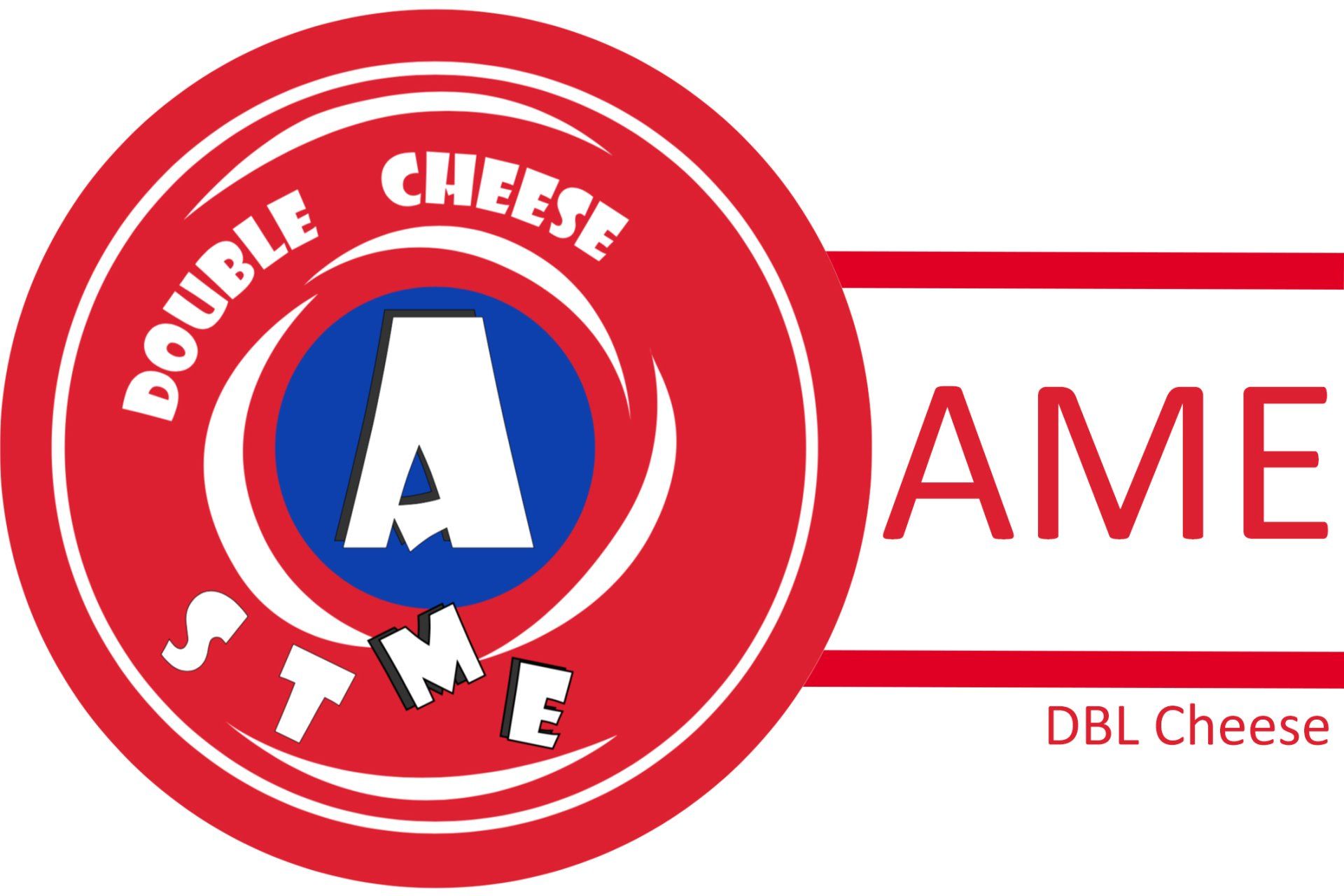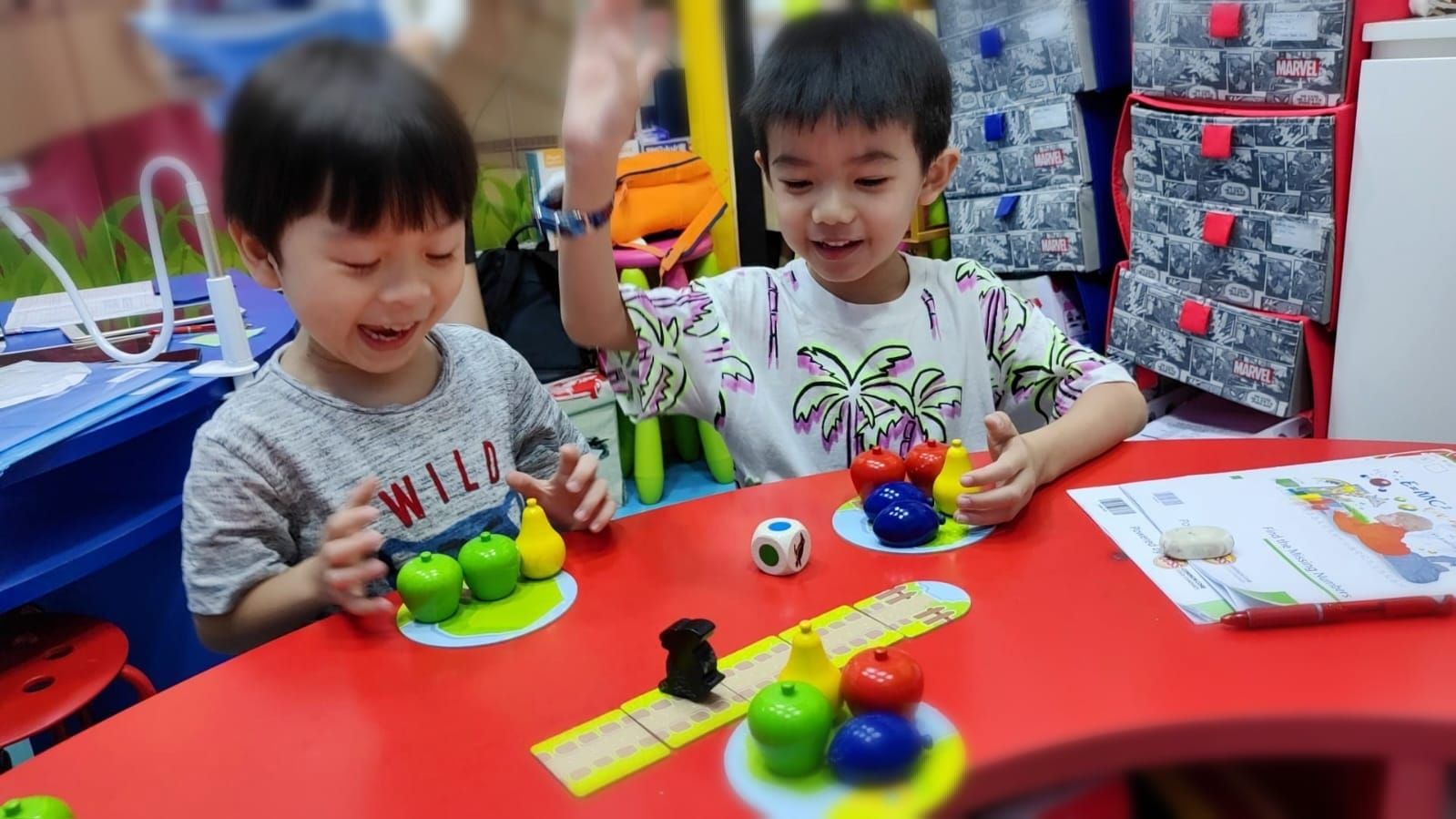[Easter parent-child games] The secret to making children fall in love with math | 7 super simple math puzzle games for Easter | Party game guide
Date of publication: 18/02/2025
During every Easter, besides hunting for Easter eggs and making handicrafts, are you also looking for more educational parent-child activities? This article carefully selects 7 entertaining and educational math games that can not only make the party full of joy, but also cleverly cultivate children's mathematical thinking.
The biggest feature of these games is that there is no need to prepare special teaching aids, and you can start immediately using readily available materials. Whether it is a child who has just entered preschool education or a lower grade student who has been exposed to basic mathematics, they can easily get started and build a solid mathematical foundation. In the joyful festival atmosphere, quietly improve your child's math ability!
No preparation | Math games you can play at home anytime
1. Mathematical Tic Tac Toe
Game Scale
- Two-player match
Material
- Several sheets of white paper
- Two pencils or ballpoint pens
Preparation method
- Draw a big "井" character on each piece of white paper.
Gameplay
- The two players take turns writing numbers from 1 to 10 in the nine spaces of the character "井". Each number can only be used once.
- Whoever fills in the numbers so that the sum of the horizontal, vertical or diagonal numbers is exactly 15 is the winner. If all nine spaces are filled and you still can't get 15, it's a tie.
- This game is a bit like the traditional tic-tac-toe game, but in tic-tac-toe you can only use the symbols ○ or × to represent yourself. In this game, both sides can use the numbers filled in by the other side, so be careful that the numbers you fill in do not create the other side.
- This game combines strategy and math, with players having to carefully choose their numbers to reach the target sum of 15 while preventing their opponents from reaching that goal.
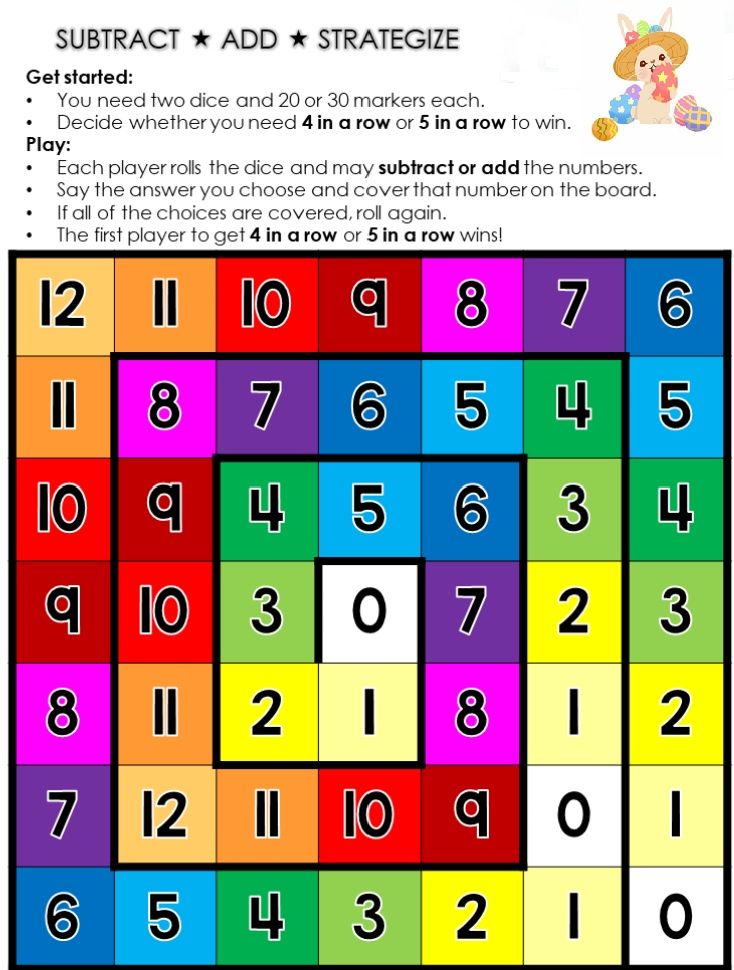
2. The Secret of the Calendar
Game Scale
- For multiplayer matches, a notary is required
Material
- Three old calendar papers
- A fountain pen
Preparation method
- Randomly select a piece of calendar paper, select 3 numbers in the vertical and horizontal directions, and mark them with a pen, as shown in the picture.
- Take another calendar paper and repeat the process. The numbers you choose cannot be exactly the same as those on the first one.
- Take another piece of calendar paper and randomly select 12 numbers. Mark them with triangles, circles, squares and diamonds, 3 of each shape, as shown in the picture.
Gameplay
- The notary first takes out the first calendar paper and asks the contestants to calculate the sum of the marked vertical and horizontal numbers, and then calculate the sum of the 9 numbers. Those who answer quickly and accurately will get 1 point.
- The notary then takes out the second calendar paper and plays it the same way as the first one.
- The notary takes out a third calendar paper and asks the contestants to calculate the sum of the numbers marked on each shape, and then calculate the sum of 2 or 3 of the shapes.
- The team with the highest cumulative score is the winner.
This game combines quick calculations and strategy as players need to quickly calculate the sum of numbers in different shapes and rows to get the highest score. The role of the notary is to ensure the fairness and smoothness of the game.
Farmer Crossing the River IQ Question
A farmer wants to transport jackals, sheep and cabbages across a river! The jackals eat the sheep, and the sheep eat the cabbages! Only one item can be transported at a time! How can we transport them across the river in the least number of steps without any loss?
Answer:
- Transport the sheep first.
- Come back and transport the vegetables and bring back the sheep
- Bring the jackal over
- Come back and bring the sheep over.
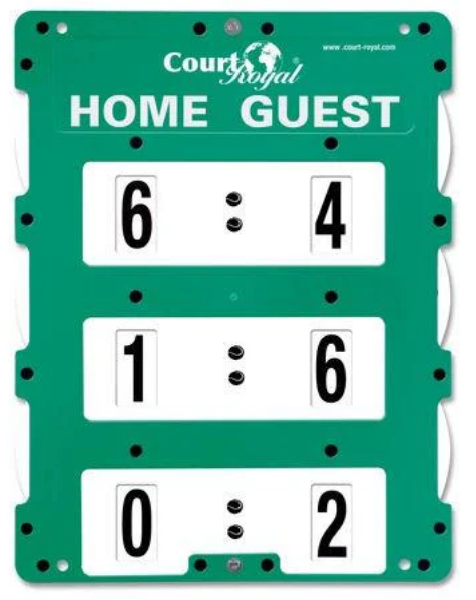
3. Know when to stop
Game Scale
- Multiplayer
Material
- A piece of white paper
- A pencil
- A dice
- A computer
Preparation method
- Divide the paper into several columns according to the number of contestants and write a contestant's name in each column to record the scores.
How to play
- Each contestant takes a turn to roll the dice, and there is no limit to the number of times each roll. The rule is that when a contestant rolls to 1, he must stop, and the number of shares he has rolled that time will be cancelled; contestants can decide to stop rolling the dice at any time.
- Scoring method: After the first person throws the dice, if it is not 1 point, he can choose to throw it again, use a computer to multiply the points obtained the second time by the points obtained the first time, and then throw it again, and the points obtained will be multiplied by the previous result, and so on.
- Once a contestant rolls 1, all the points he got from this roll will be cancelled, so the contestant must decide to stop rolling the dice at the right time, otherwise all his previous efforts will be wasted. When he decides to stop rolling the dice, it is the second contestant's turn to roll the dice, and so on.
- The team with the highest cumulative score is the winner.
- This game requires players to make a decision after each roll of whether to continue rolling to increase points or to stop to keep existing points. Rolling 1 point will result in zero points for that round, so players need to carefully assess the risk.
【What is game-based learning?】Why math games make children smarter
0
Math can be fun! In AME’s math game course, children will learn math through interactive games, improving their logic and problem-solving skills, making math no longer boring but full of challenges and fun. 🎮
- Gamified teaching: stimulate children's interest in mathematics and make learning an exciting adventure.
(1) Learn the English background story and the rules of the game.
(2) Children need to play games in English
(3) Report after the game
(4) This interest class aims to improve children’s listening, speaking and reading skills. It is suitable for children aged 3 to 6 years old.
- Comprehensively improve logical ability: help children master mathematical concepts and prepare for more difficult courses in the future.
On the other hand, we encourage children to participate in various mathematics competitions around the world. In addition to winning awards and having a more gorgeous portfolio, it also allows children to see the big scene, enhance their self-confidence and stress resistance, and accumulate international mathematics competition experience, which will also be of great help for future studies or interviews. Interested children please register as soon as possible.
4. Number puzzle
Game Scale
- One or more players
Material
- Several sheets of white paper
- A pencil
Preparation method
- First, draw the patterns above and below on white paper.
Gameplay
- This game is pretty much the same as the previous one, just a little harder and more challenging.
- Fill in the circle with numbers from 1 to 9 so that the sum of the numbers on each straight line is 12. Each number can only be used once.
- In the grid, fill in numbers from 1 to 9 so that the sum of the vertical and horizontal rows is the same. Each number can only be used once.
This game requires players to fill in numbers in circles and squares to meet certain sum conditions. Each number can only be used once, which increases the difficulty and challenge of the game. Players need to use logic and math skills to complete tasks.
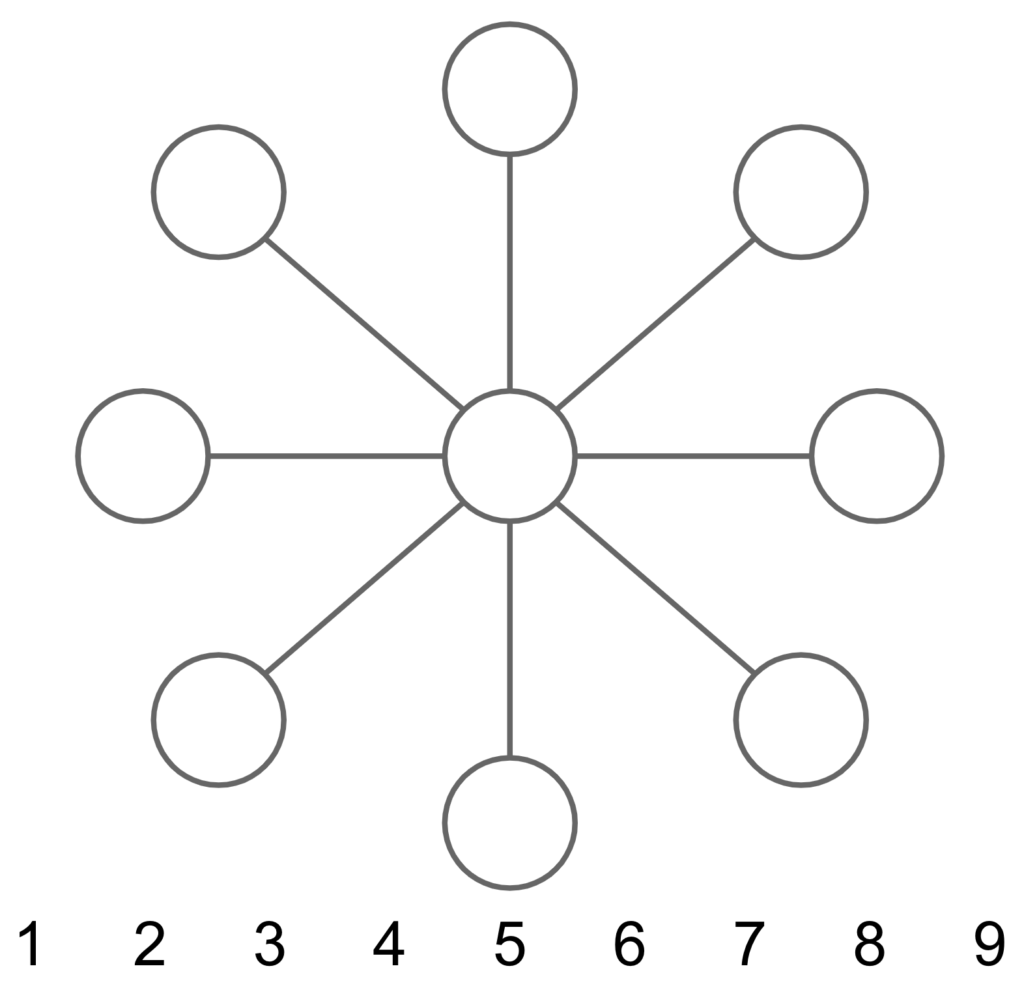
5. Magical Computer
Game Scale
- One or more players
Material
- One computer per person
Preparation method
- First, familiarize yourself with the order in which numbers are arranged on a computer.
Gameplay
- Start with 1 and add 3-digit numbers in a counterclockwise direction: 123 369 987 741, and see what the total is.
- Start from 2 again, and do addition of 3-digit numbers in a counterclockwise direction: 236 698 874 412, and see what the total is.
- And so on and so forth, you will find that all the sums are the same.
- Try calculating in a clockwise direction. Are the results the same? Start with 1, that is, 147 789 963 321, and see what the total is.
- Starting from 4, add 3-digit numbers in a clockwise direction, that is, 478 896 632 214. What is the result?
6. Sweetness is closest
Game Scale
- Two or more players
Material
- Several sheets of white paper
- A pencil
- A dice
Preparation method
- Each contestant is given a piece of white paper and is asked to divide it into four parts, representing thousands, hundreds, tens and units respectively, such as.
Tens of thousands | Thousands | Hundreds | Tens | Units
Gameplay
- Each time, one of the contestants rolls the dice to determine the value of the target. The number rolled once is the thousands digit, the second roll is the hundreds digit, and so on for the remaining digits. If the first throw is 1, the second throw is 2, the third throw is 4, and the fourth throw is 6, then the total target value is 1246.
- Each person takes a turn to roll the dice, and can decide which number to put on the dice at will. It does not have to be filled in order, but it cannot be changed after being written.
- After everyone has rolled the dice 4 times and written down all the values, the person whose value is closest to the target is the winner and gets 1 point.
- The one with the highest cumulative score is the winner.
The game requires players to roll dice to determine values and strategically distribute these values to different digits to get closest to the target value. The game combines luck and strategy, and players need to carefully choose how to allocate values to get the highest score.
7. Star Trek
Game Scale
- For two or more people playing, a notary public is required
Material
- Two sheets of thin cardboard
- A fountain pen
- A pencil
- A little glue
- One computer per person
Preparation method
- First, draw the shapes of 4 airplanes and 5 planets on thin cardboard and cut them out.
- Stick the planet shapes on another piece of thin cardboard as shown in the diagram and stand on the flight path.
- Write the symbols , -, ×, and ÷ on the four airplane figures respectively, and stick a little glue on the bottom of each airplane.
Gameplay
- The planet on the left is the starting point, the planet on the right is the end point, and the flight route in the middle is the calculation process. The notary first writes the values of the starting point and the end point on the planet, then pastes airplane figures with operation symbols on them according to the formula, and then says the prompted number, asking the contestants to calculate how to install the prompted number.
- The first person to calculate the number on the blank planet will score 1 point.
- The team with the highest cumulative score is the winner.
This game combines math and strategy as players calculate to determine the number on a blank planet. The role of the notary is to ensure the fairness and smoothness of the game. The goal of the game is to get the highest score possible by calculating quickly and accurately.
Powered by AME
